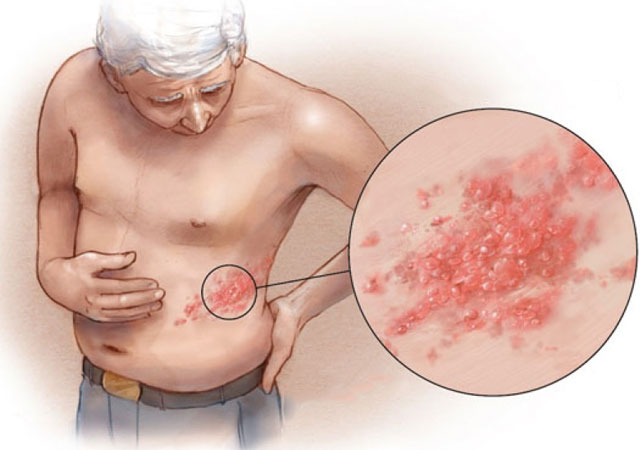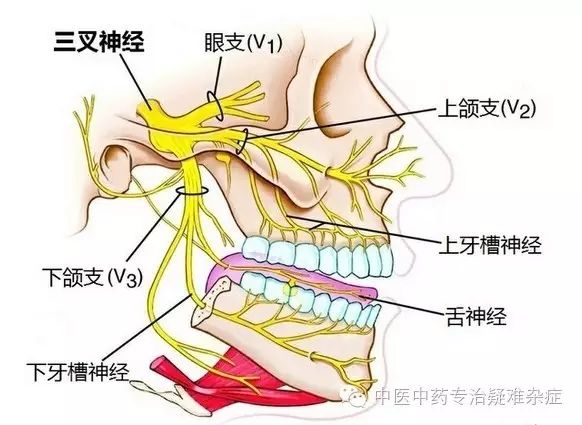
Caused
by an irritated or damaged nerve, neuralgia is a symptom that can be caused by
various neurological diseases. Different
from pain after soft tissue injury, neuralgia
is pricking, stabbing, electric shock, tear, burning,
cold, paralysis, itching, etc., sometimes combined with different degrees of
sensory abnormalities. Neuralgia symptoms are sometimes unexpected, patients
often feel the aggravation of neuralgia at night, thus affecting sleep quality
and causing insomnia. Types of neuralgia:
Sciatica is a syndrome dominated by pain in the innervated
area of the sciatic nerve. It is a clinical symptom, not a separate disease.
Sciatica is divided into primary and secondary; primary is rare, that is,
sciatic neuritis; secondary is common, local and surrounding tissue lesions
involving the sciatic nerve, the common are lumbar disc herniation, lumbar bony
hyperplasia, sacroiliac joint inflammatory diseases and piriformis contracture
and so on. Typical manifestations are pain in one side of the waist and
buttocks, and radiation to the back side of the thigh, the posterolateral of
the calf, and the lateral side of the feet.

Postherpetic neuralgia is neuropathic pain which occurs due to damage to a peripheral nerve caused by the reactivation of the herpes virus , mostly occur in the elderly, or people with low immune function. After infection, in addition to skin lesions (rash), the herpes virus can invade the sensory ganglia and cause neuralgia, which can occur before or after the rash and persist one to six months after the rash disappears, sometimes accompanied by muscle weakness. Not all people with "herpes zoster" have neuralgia, which is usually more likely to occur later in the elderly or with a large rash.

Trigeminal nerve, which main function is to control the facial and oral sensation and masticatory muscle activity, trigeminal nerve damage may cause neuralgia, the symptom of some patients is very close to toothache. Its main feature is paroxysmal severe tingling or tearing pain on one side of the face. Groups of these episodes can occur over a few hours. Most of the pain is located in the cheek or lower jaw, sometimes in the forehead. Facial muscle movements or touch will induce pain, such as talking, chewing, swallowing, yawning, brushing teeth, washing face, etc.. It is regarded to be one of the most painful disorders known to medicine, and often results in depression.





